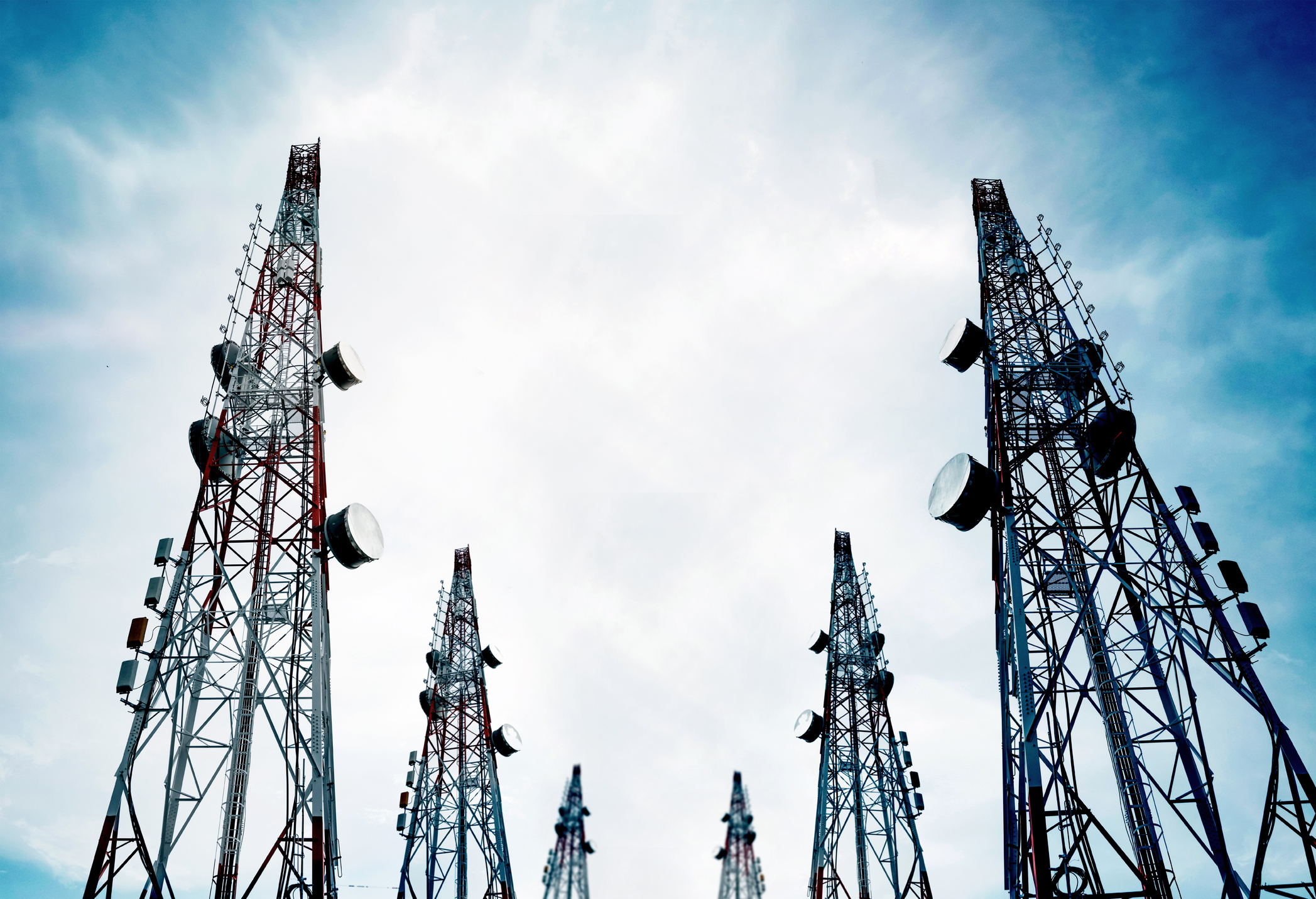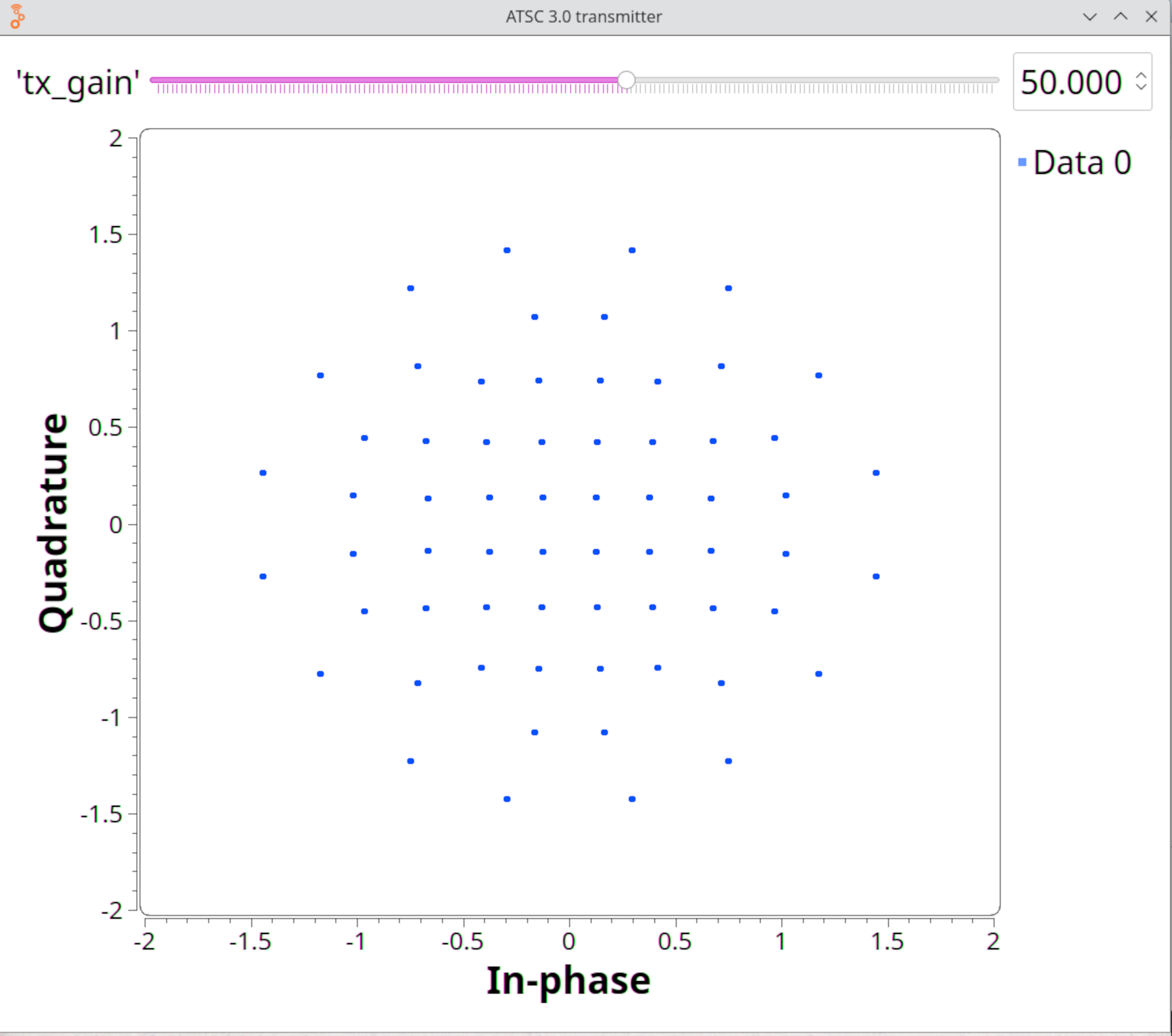
As we start a new year, I thought it would be interesting to look back at 2023 and offer some comments on what I expect lies ahead for 2024 and beyond.
A Quiet 2023
After the activity surrounding the FCC incentive auction channel repack and the post-repack antenna and transmitter upgrades, the past year was quiet when it came to spectrum issues. The RF spectrum scene, however, is changing.
When the FCC lifted its freeze on channel changes, many TV stations, (31 at last count), filed channel change petitions to move from VHF channels to UHF TV channels. While VHF channels can work well to cover large areas if viewers are using outdoor antennas, reception of VHF with indoor antennas has been problematic for reasons I’ve discussed before. As of Nov. 24, 2023, 481 stations were still transmitting on VHF channels, 51 of them on low-VHF Channels 2–6.
After rushing to get red and blue C-band interference filters installed on satellite dishes, wireless operators started using the 3.7 GHz to 3.98 GHz band that used to be devoted to C-band satellite down-links. From what I’ve seen, there have only been a few problems with interference—which may be due to program distribution moving from satellite to terrestrial distribution via fiber and even the internet.
As the year ended, broadcasters faced a Nov. 29 deadline to certify that their microwave links in the 12.7 GHz band were operating as licensed; file an application to modify the license to correct any errors or omissions; or cancel the license. The FCC is looking to allocate this spectrum for wireless broadband use, but it isn’t clear exactly how this will be used. One possibility is fixed wireless internet.
Transition to NextGen TV
The slow rollout of ATSC 3.0 continued in 2023. Available spectrum to allow simultaneous transmission of primary programming in both 3.0 and 1.0 is still a problem, although stations continue to learn how to trade capacity to make it work. One potential solution is to move from MPEG-2 to AVC (MPEG-4) encoding, but incompatibility with older TV sets has frustrated that effort (viewers hear the audio but get a black screen from MPEG-4 on older TVs).
More stations switched on content protection in 2023. While this caused few problems for large-screen ATSC 3.0 TV sets, viewers with early set-top boxes like SiliconDust’s HDHomerun lost reception of protected channels.
I’m often asked, “When will broadcasters complete the transition to ATSC 3.0?” My usual answer is I don’t see it happening for at least 5-7 years.
Fortunately, as the year ended, set-top boxes that support content protection became available—the ZapperBox and the ADTH box, for example. Except for ATSC 1.0, almost all video delivery today is content protected, whether streamed or over fiber or cable TV. The challenge for the ATSC 3.0 roll out will be making that content protection as easy for viewers and device manufacturers as it is for cable and streaming services.
Unfortunately, LG, a major supplier of ATSC 3.0 TV sets, has stopped selling sets with ATSC 3.0 tuners after losing a patent battle with Constellation Designs over non-uniform constellations.
Fig. 1 shows a non-uniform 64-QAM constellation generated by my software-defined ATSC 3.0 transmitter. Non-uniform constellations are more efficient than the uniform (rectangular) constellations used in other digital TV COFDM systems.

Constellation’s patent would appear to apply to equipment that generates ATSC 3.0 RF signals as well as receivers. Readers may remember that similar patent battles erupted during the rollout of the original ATSC (1.0) DTV and affected both receiver and transmitter manufacturers. In the end it had very little impact on the rollout of DTV in the United States. I don’t expect it to be a major issue for ATSC 3.0.
For more information on non-uniform constellations, see the complaint filed by Constellation Designs LLC at https://drive.google.com/file/d/1I5-nhg3MMcR8peqIEei8XVM5kNpwVHOc/view
Non-TV uses of ATSC 3.0 received more attention. The Broadcast Position Standard (BPS) that would provide a backup for GPS, which many services depend on for accurate timing was tested, as well as radio over ATSC 3.0. I covered both topics in detail in my 2023 NAB Show coverage in TV Tech.
I’m often asked, “When will broadcasters complete the transition to ATSC 3.0?” My usual answer is I don’t see it happening for at least 5-7 years. The key factor will be the widespread availability of ATSC 3.0 tuners in TV sets, set-top boxes or other devices.
It's usually followed up by “What can broadcasters do to speed the adoption of ATSC 3.0?” Almost all 3.0 programming is a duplicate of what stations are airing in ATSC 1.0. Better encoding and the addition of HDR provide a better picture, but is that enough? Broadcast applications and “virtual channels” delivered over the internet are attractive, but support varies among devices.
While the focus has been on the benefits that ATSC 3.0 provides consumers, don’t ignore the benefit it provides broadcasters. More bandwidth (about 20% more for similar coverage) and encoding that’s 4x more efficient is equivalent to getting additional ATSC 1.0 channels! It gets better—a broadcaster can use LDM to add a very robust signal for mobile TV, data or other applications like radio with little impact on the main channel coverage.
Perhaps rather than relying on consumer pull, we need a stronger broadcaster push. This push could be funding an ATSC 3.0 set-top box program, either by building and distributing converters or providing discount coupons.
Financial incentives for device manufacturers (not only TV sets but streaming devices and set-top boxes) to include ATSC 3.0 capability, just as streaming services do now, could drive adoption. Since smart TVs know what the consumer is watching, offering manufacturers a bonus when the set tunes to an ATSC 3.0 service would help ensure over-the-TV wasn’t buried deep in the menus.
We’ve seen stations move away from using two-way radio systems and microwave ENG systems in favor of cell phones and bonded cellular. Will the same transition happen to broadcasting?
We can’t ignore the possibility that TV “broadcasting” will eventually move to the internet and 5G wireless. I don’t see this happening in the next five years, but if the ATSC 3.0 transition fails and as transmitters bought during the repack need replacement, the idea of relying on internet delivery, perhaps supplemented with 5G broadcast, might look attractive, especially if it allows broadcasters to avoid the regulatory burdens associated with an FCC license. More likely, we’ll see multiple broadcast platforms, with over-the-air continuing to exist in some form.
Viewers are discovering free over-the-air TV to avoid the cost of cable TV and streaming subscriptions. Antenna sales are strong. For broadcasters to take full advantage of this trend, we need to push the transition to ATSC 3.0 technology to be able to both complement and compete with other platforms like internet streaming (wired and wireless) and 5G broadcast for both viewers and content.
IEEE BTS Returns
Finally, I was happy to see that IEEE Broadcast Technology Symposium was back in 2023. The last Symposium was in 2019 and I wondered if it would return after the 2022 Symposium was canceled.
Thanks to the efforts of Jim Stenberg, Paul Shulins and the presenters and volunteers supporting it, the symposium was a success, with approximately 90 people attending the two-day session at NAB headquarters in Washington, D.C. Visit https://bts.ieee.org/ for more information on the IEEE Broadcast Technology Society. I’ll be covering the 2023 Symposium’s papers in a future column.
As always, your questions and comments are welcome. Email me at dlung@transmitter.com.







